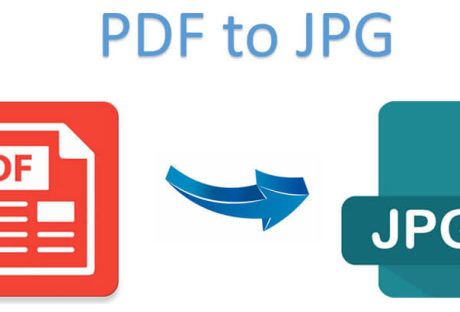Being able to send a document with a push of a button was groundbreaking in modern technology. Faxing became one of the quickest and easiest ways to send a document from one place to another. With snail mail being too slow and email not being secure, so that leaves us with the decade-old but always reliable fax.
But who uses fax machines nowadays? You’d be surprised that even startups are still using a fax machine. But without a fax machine how am I going to send or receive a fax? Luckily for you, the internet provides a wide array of fax online setup and faxing over the internet like Hottelecom.biz. It’s easy, fast, and reliable, without that much effort.
So how do you Fax over the internet?
The process is simple. You send fax, using the internet connection at hand. It does not require you to have a physical fax machine. Unlike your typical fax machines which require a fax machine and a phone line connected to it, all you need is a network and a device to process and send the fax over the internet and an online faxing set-up and you’re good to go.
So how do you get started?
Step 1: The all-important internet:
Of course, to be able to send a fax over the internet you would need the most key component, which is an internet connection.
Step 2: A online faxing service:
You can easily sign in to one of the numerous online fax service providers on the internet, A simple Google search will throw up multiple results. Go to the platform, check the credibility, and complete the signup process by entering your details. It is as simple as that.
Step 3: Attaching your document(s) to your email or to a new fax message:
This process is relatively simple and involves you adding the email to the fax. This is why you do not require a physical fax machine. A simple works just fine.
E.g: 1xxxxxxxxxx@onlinefaxservice.com
The issue here is the time taken by the software to convert the message or email into a fax. It depends on how big the message is. However, once it is sent, you will be notified in the same email id you had given at the time of signing up on the form.
Advantages of Faxing online:
So you know the what and the how, all you need is the why.
- Send fax anywhere and anytime – All you need is an internet connection, a computer or mobile phone, and your document and you can fax anywhere and anytime.
- Saves you money – Without the need for a fax machine, you could save a small amount of fortune for what you would have been paying for such as the equipment, the maintenance, the phone charges, and so on.
- It’s easy- Setting up and using it relieves you of the hassle. All you need is a mobile phone or a computer with an internet connection and you can be faxing online in no time. There is available software to aid you in this process too so there is no need to worry.
- It enables you to send a fax through only a mobile phone – Didn’t bring your laptop or no computer in sight? Use your mobile phone for your faxing needs. Many online faxing services provide mobile apps so you can fax them on the go. Making your phone camera as a scanner you would be able to scan documents and send them through your mobile phone.
- It keeps your files organized and on the go – Unlike the traditional way of faxing where you receive a ton of files printed on paper, how are you going to keep track of all these files if you’re having 10 faxes a month? With online faxing, it keeps all your documents in one app using cloud storage and on the go. Well, you can go for print and apply label systems to ensure better printing on your own. It can be a handy solution to uplift your document management process.
- You can do search results directly – Say goodbye to manually searching through all your documents in folders, cabinets, even in storage. You could find faxes in a matter of seconds with the help of the search bar on your computer or the mobile application.
Online Faxing is easy, simple, and efficient. Use online faxing today and have efficiency in your own hands. Having online faxing would be an advantage to your business as it will help you check your faxes online and would help you keep things organized as well as having fewer paper trails. It will minimize expense and manpower to do so thus it is highly encouraged in our business now. We need to adapt to technology thus it will give so much advantage in our part.
Read Also:






















